(August 9, 2025) Back in 1992, when Nobel Laureate poet and playwright Derek Walcott recognised ‘Ram Lila’ as no ordinary drama and went on to craft his speech around the motif of the open-air Ram Lila in Trinidad (the tiny, almost invisible island on the globe and the larger of the twin-island state of Trinidad and Tobago), he brought instant fame to the island. It was a moment that put the Indian face of the dual-island on the international stage.
But it was not until Pandita Dr Indrani Rampersad, a fourth-generation Person of Indian Origin (PIO) born in Trinidad, delved deep into the Ramayana—Ram Lila in particular—that the significant contribution of Indo-Trinidadians and Tobagonians to the process of identity formation in the region was truly highlighted.
Not only did she publish multiple papers on Ram Lila in the Caribbean, she went on to become the first certified female Vedic Hindu priest in the Arya Samaj tradition. “I always had an inner urge to learn more about sanatana dharma,” smiles researcher, educator, women’s activist and journalist Dr Indrani Rampersad, in conversation with Global Indian.
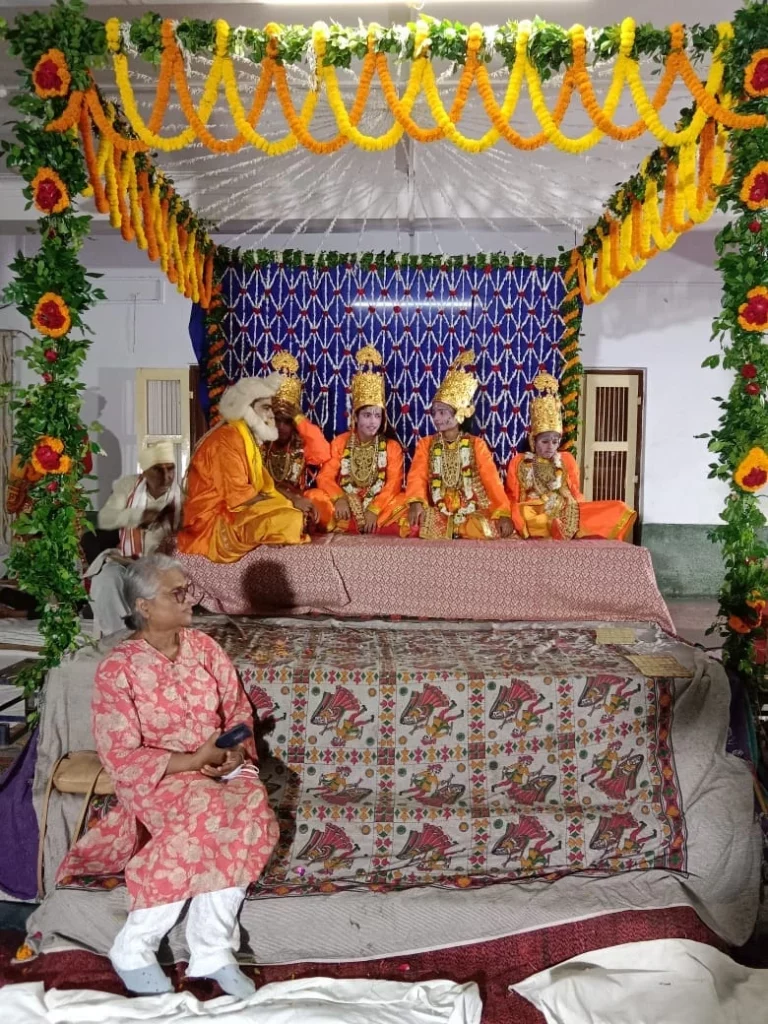
A trustee on the board of Hindu University of America, Dr Indrani, who has lived and worked in Trinidad and New York, has done extensive research on Hindu culture and Ramayana Traditions in the indentured diaspora, particularly the open-air Ram Lila of performing the Ramcharitmanas in North India, Trinidad, Guyana, Suriname, Fiji, and Mauritius.
She is India’s first foreign student to pursue an MA in Hindu Studies at Banaras Hindu University (BHU). A long-serving member of the Research and Education Committee of the Ayodhya Research Institute in India, she was awarded the Government of Trinidad and Tobago’s National Award (Gold) in 2013 for Outstanding Contribution to the Development of Women in the category of Religion and Community. Above all, she is a peace advocate who promotes mutual respect as essential to harmonious living and views cultural identity as a fundamental human right.
‘First diaspora’
The Indians in the Caribbean represent India’s 19th century “first diaspora.”
“They originated primarily from north India and to a lesser extent from south India and are often referred to as indentured Indians, Jahajees or girmitiyas embarked under deceptive colonial labour conditions, akin to a new form of slavery,” says Dr Indrani, who is grounded in Vedic/Sanatana Dharma and is a life-long learner and seeker of Truth.
Many were impoverished and oppressed, their homeland exploited by colonial powers. “Although most initially planned to return to India after their contracts, few did, as community ties and familial bonds took root in the Caribbean,” says the Trinidadian-Indian Hindu, who coined the term PIO along with Ravindra Dev of Guyana at a meeting held by the Global Organisation of People of Indian origin (GOPIO) in New York, in the late 1980s.
Tracing her ancestors
She is doing all she can to trace her ancestors back in India. “I did a DNA test and hope it will show something,” says Dr Indrani, who worked as a teacher at primary, secondary and university levels in Trinidad and New York.
The researcher will soon be joining the History department at the Banaras Hindu University for a second PhD to study the making of the Hindu girmitiya diaspora with the focus on Trinidad.
Ram Lila
According to Dr Indrani, Ram Lila and Krishna Lila are two folk performances, among several others, that the indentured Indians brought with them from India to the Caribbean between 1838 and 1917.
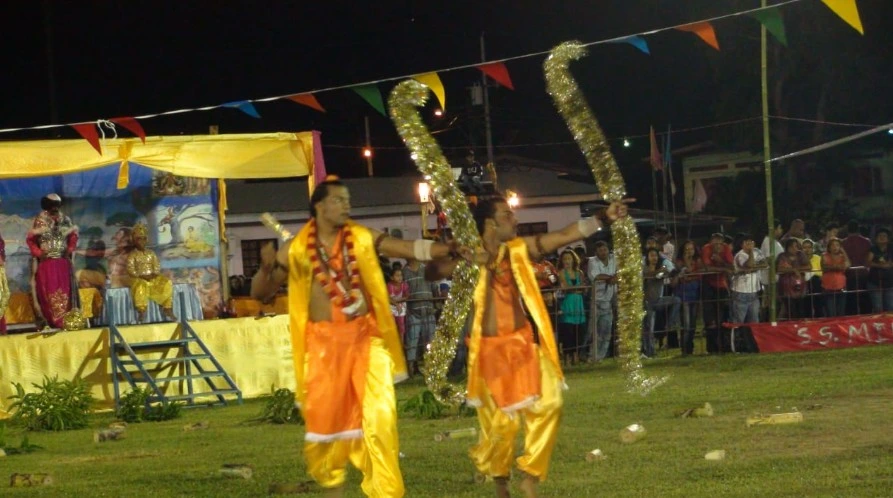
In India, this style has taken prominence over the older village open-air, Lila style that really unifies a community through the audience, performers, organizers, artisans, and supporting staff, all coming from within the community, she notes in one of her research papers. In Trinidad, Guyana and Suriname, this style is adopted mainly by some temple groups.
“There is definitely a feeling amongst some Trinidad Ram Lila stakeholders today (more of the elite, educated class) that the open-air Ram Lila style is too unsophisticated as a tourism (domestic or foreign) attraction, and also for contemporary audiences, especially the youths who have many alternative forms of recreation,” says Dr Indrani, who completed her tertiary education in India – BA Hon from the Banaras Hindu University, Masters and PhD in Communication and Journalism from the University of Pune.
She also designed and taught a short course on India’s diaspora besides designing and teaching an elective course in the BA Hon called Hindu diaspora.
Communities, she feels, are not artefacts of tourism, but living, dynamic organisms, with living traditions that express their cosmic realities.
Community event
She says Ram Lila is a community event and ought not to change its format to suit the eye of the tourist.“If tourists come, they should come to see that which is indigenous to the community and not contrived for entertainment needs. While Ram Lila provides entertainment and education, it is essentially saatwik and devotional at the core,” points out Dr Indrani, who is also a Senior Research Fellow in Ram Lila/Ramdilla Studies at the University of Trinidad and Tobago.
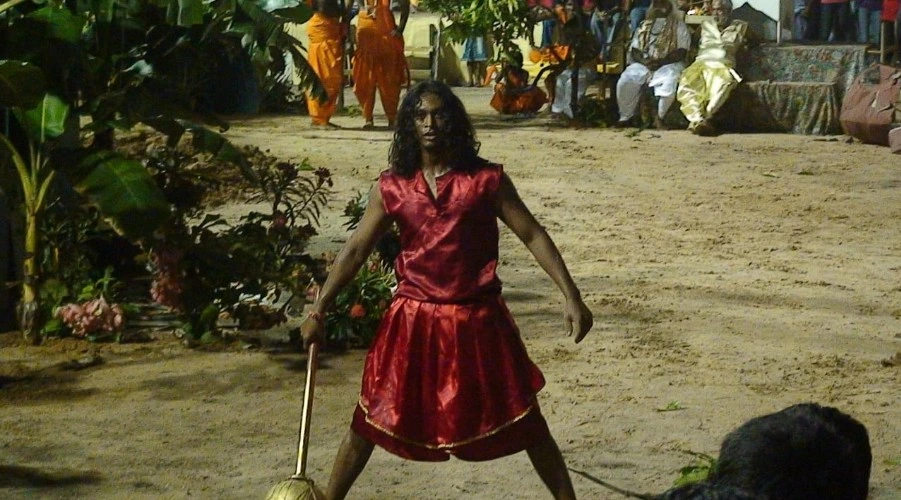
UNESCO’s proclamation
In 2005, UNESCO proclaimed Ram Lila one of the Masterpieces of the Oral and Intangible Heritage of Humanity, it recognized the value of Lila to community life.
The term “Ram Lila” is now loosely used, both in India and the Caribbean, to refer to both the open-air style and the proscenium stage style of telling the story of Ram. “I see a major difference between the two styles,” says Dr Indrani.
Dr. Indrani Rampersad, who has travelled extensively in India, says Ram Lila and Krishna Lila are examples of devotees manifesting the Vaishnava worldview through Lila and incorporating other elements of bhakti, like kirtan, dance, bhajan, and katha. “This form of bhakti expression had great appeal to the North Indian masses and to the indentured Indians and their descendants that inherited this culture.”
Scope for improvement
Dr Indrani says there is validity in the argument that the open-air performances need to improve their overall presentation to meet the new needs of an increasingly urbane community.
“Change is an ongoing process as groups, with time and funding, improve their costuming, props, mimetic movements, dance movements, processions and circumambulations, etc,” says Dr Indrani, who has published in encyclopedias, journals, and books.
Indian aesthetics
A major concern, however, is over the demise of Indian aesthetics and the privileging of Western aesthetics in Ram Lila. “There is a weak or no appreciation of Indian aesthetics and the conventions of natyadharma in Trinidad society. New stage performances of Ram Lila in Trinidad use western aesthetics under the directorship of local dramatists whose training is in that style, exclusively.” To ensure the continuity of Ram Lila, community members must take ownership as the ancestors did, she feels.
“External professionals or performers will not ensure that continuity. The ritualism associated with Ram Lila is also central to its ethos and continuity – this is diluted or removed from stage performances,” says Dr Indrani, stressing on the need for training in natyadharma conventions for telling the story of Ram on the Trinidad stage and in adherence to Indian aesthetics.
Open air Ram Lila performances
In Trinidad, informs Dr Indrani, there are some 24 open-air Ram Lila performances in the country, several proscenium stage style performances in temple spaces, mainly, and over 50 on school stages across the country.
“In Guyana, Gopaal Mandir at Lusignan resurrected the open-air Ram Lila with performances in 2008, 2009, and 2015. In Suriname, there are two open-air Ram Lila performances – at Vreedenburg and Leiden No 9.”
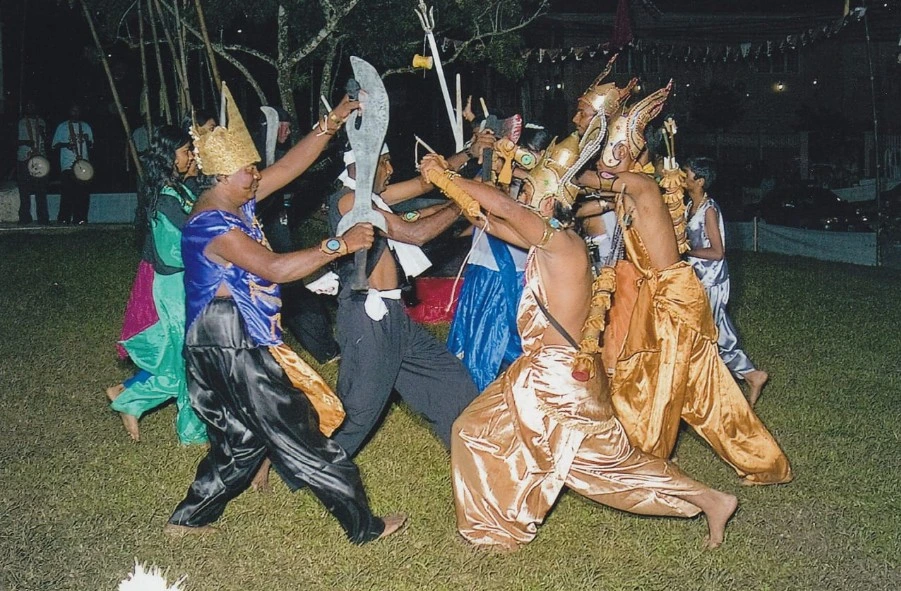
PM Narendra Modi’s visit
“PM Modi’s visit (in July) was important for the girmitiya diaspora. He extended the OCI card to 6th generation people of Indian Origin. Many Indians in Trinidad are excited about it,” says Dr Indrani.
This was the first bilateral visit by an Indian Prime Minister to T&T since 1999.
“We expect deeper trade and cultural ties,” says Dr Indrani, who feels that with increased ties, more ‘Purohits’ in Trinidad and the wider girmitiya diaspora would be trained.
She says Indians are numerically in greater numbers over any other ethnic group in Trinidad.
Advocating for Indian and Hindu issues
Dr Indrani was already advocating for Indian and Hindu issues when her grandfather, then president of the Arya pratinidhi sabha of Trinidad, asked her to consider the path of the pandit.
“I was already doing much of the education in the public and just needed training in the rituals which I did. As a pandita I have a national voice that empowered women and sanatana dharma as well,” says Dr Indrani, who continues to work tirelessly to encourage women and girls to derive empowerment from their spiritual identity.
She says it recognised her role in starting the Hindu women’s organization of Trinidad, advocating for community issues, affirming the presence of sanatana dharma. “We speak out on national issues, reaching out to children in their spiritual life,” says Dr Indrani, who, as a member of the Research and Education Committee of the Ayodhya Research Institute (India), has initiated and collaborated on several global training workshops in Ram Lila related skills.
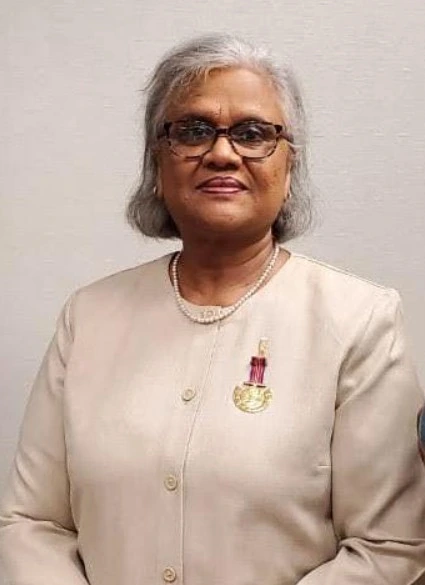
Women’s advocate
As a women’s advocate, she started the Hindu Women’s organisation. “We spent a lot of time putting our voices on national forums. As a journalist, I was able to highlight the Indian presence through cultural pieces of writing supported by advertising,” she says. Pandita Dr Indrani Rampersad’s voice continues to amplify Indo-Caribbean identity and empower Hindu women across the region.
- Follow Pandita Dr Indrani Rampersad on Facebook
Also Read: Gloria Arieira, the Portuguese voice of Vedanta bridging Brazil and Bharat
Also Read: Maharaja of Magic: How P.C. Sorcar elevated India’s image abroad



